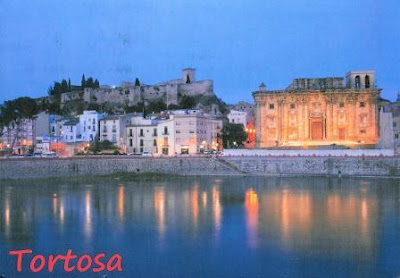Last month I've got nice cards from Ukraine, Japan, Spain, Netherlands and USA.
A brand new card from Crimea to showing sent by Ira.
The old white Tarkhankutskyi Lighthouse is the main attraction of Trakhankut Cape. It was built in 1816.
Tomoko surprised me with a card from a japanese UNESCO site still missing in my collection. It definitely made my day.
Established in 1872, the Tomioka Silk Mill is Japan's first, modern silk factory for processing silkworm cocoons into raw silk. The mill was built as a model factory by the Japanese government with the help of French specialists to improve the quality of silk produced in Japan through the use of modern machines and advanced working conditions for its workers. It was part of far-reaching efforts by the government of the Meiji Period to modernize Japan and catch up to the West.
The Tomioka Silk Mill received world heritage status in 2014 for its crucial role in making Japanese silk a major, international trade commodity and establishing the textile industry as the country's most important industry which it remained for many decades into the 20th century. - in: http://www.japan-guide.com/e/e7417.html
Foto: A. Mulet
I've many postcards from Spain but this is my 1st one from Tortosa, Yolanda's city, and I've to confess that I know nothing about it. Well, now I know it has a castle and a cathedral.
Castle of Sant Joan, or Suda, commanding the city from a 59-metre-high hill. Though the Romans were the first to fortify the place, the current structure dates to Muslim Caliph Abd ar-Rahman III. After the conquest by Ramon Berenguer IV, Count of Barcelona, in 1148, it became a residence of the Montcada and the Knights Templar, and from the 13th century it became a royal mansion. - in: wikipedia
The Cathedral of Santa Maria de Tortosa is located on the site that was originally the place for the Roman forum, which then became a place of worship, then a Visigothic Cathedral and later on a mosque. The construction of the Gothic Cathedral began in 1347 and continued until the middle of the eighteenth century and in the Canonical common areas, founded in the twelfth century. - in:
http://www.tortosaturisme.cat/en/que-ver/la-catedral-de-tortosa-y-la-exposicion-permanente
© Anne Frank Stichting * Foto: Allard Bovenberg
If you ever visited Anne Frank's House in Amsterdam, you'll definitely remember and recognize the movable bookcase that covered the entrance to the Annex. I've been there last year.
The hiding place is located in an empty section of the building owned by Otto Frank's company. While business continues, as usual, in the front part of the building, there are people hiding in the annex out back.
The hiding place at 263 Prinsengracht is relatively spacious. There is enough room for two families. This is unusual given that parents and children who go into hiding are frequently separated from each other. Most hiding places are small spaces in damp cellars or dusty attics. People hiding in the countryside are sometimes able go outside, but only if there is no danger of them being discovered.
The card was sent by Marja.
Photo © Jeff Nachman
The last October card arrived from USA and it was sent by Ashley.
The World War II Memorial is a memorial of national significance dedicated to Americans who served in the armed forces and as civilians during World War II. Consisting of 56 pillars and a pair of small triumphal arches surrounding a plaza and fountain, it sits on the National Mall in Washington, D.C., on the former site of the Rainbow Pool at the eastern end of the Reflecting Pool, between the Lincoln Memorial and the Washington Monument.
Opened on April 29, 2004, it was dedicated by President George W. Bush on May 29. - in: wikipedia


















































